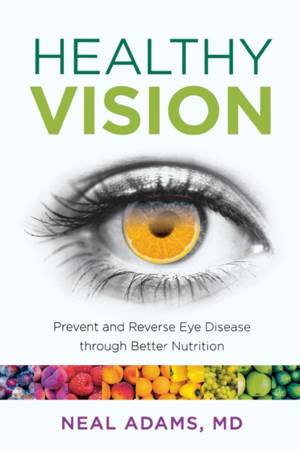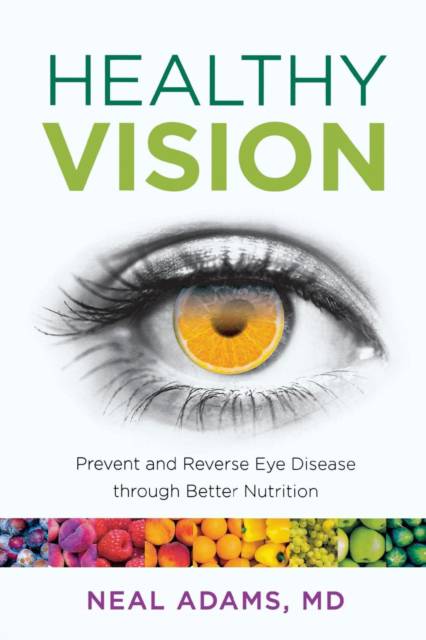
- Afhalen na 1 uur in een winkel met voorraad
- Gratis thuislevering in België vanaf € 30
- Ruim aanbod met 7 miljoen producten
- Afhalen na 1 uur in een winkel met voorraad
- Gratis thuislevering in België vanaf € 30
- Ruim aanbod met 7 miljoen producten
Zoeken
Healthy Vision
Prevent and Reverse Eye Disease through Better Nutrition
Neal Adams
Paperback | Engels
€ 28,45
+ 56 punten
Omschrijving
More than 180 million Americans have a problem with their vision. Most believe there's not much they can do on their own to change how much (or how little) they see. Now there is hope. In the past decade, an overwhelming number of clinical studies have shown that eating specific nutrients can help maintain vision well into old age, alleviate eye conditions, and even reverse the progress of diseases. In this book, top ophthalmologist Dr. Neal Adams uses clear, accessible language to translate research from hundreds of clinical studies in ophthalmology and nutrition to show how we can restore and maintain eyesight by changing our diet. The solution is simple: just naturally grown foods, with nutrients clinically proven to target the components of the eye affected by disease and/or age. The book explains how the eye functions and what nutrients influence these physiological processes, and includes tailored, easy-to-understand instruction on which foods and nutrients will target the reader's specific concerns. Particularly helpful for the 150 million Americans who visit their eye doctors annually as well as the 95 percent of Americans over 40 at risk for future vision loss.
Specificaties
Betrokkenen
- Auteur(s):
- Uitgeverij:
Inhoud
- Aantal bladzijden:
- 240
- Taal:
- Engels
Eigenschappen
- Productcode (EAN):
- 9781493006076
- Verschijningsdatum:
- 4/11/2014
- Uitvoering:
- Paperback
- Formaat:
- Trade paperback (VS)
- Afmetingen:
- 152 mm x 226 mm
- Gewicht:
- 317 g

Alleen bij Standaard Boekhandel
+ 56 punten op je klantenkaart van Standaard Boekhandel
Beoordelingen
We publiceren alleen reviews die voldoen aan de voorwaarden voor reviews. Bekijk onze voorwaarden voor reviews.











